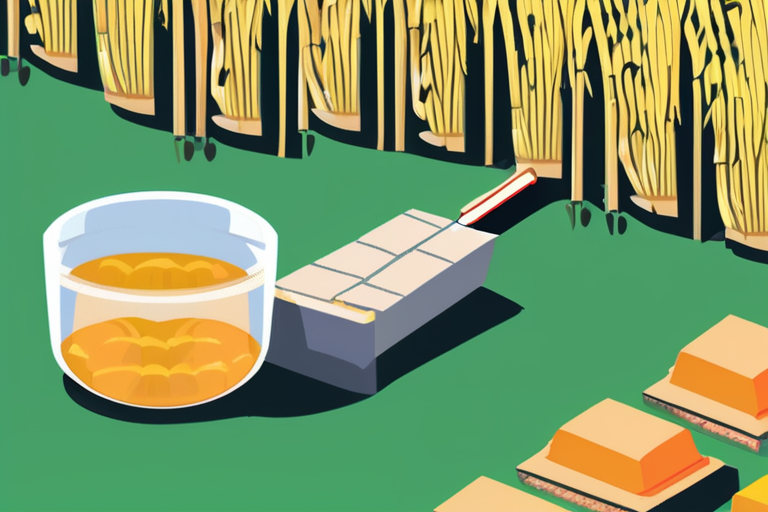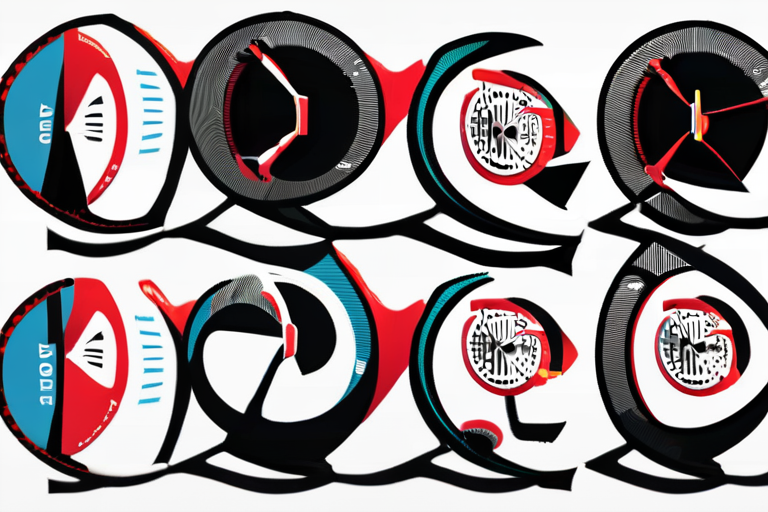Researchers Uncover Tiny Mineral's Secret to Boosting Rice Yields and Cutting Fertilizer Waste


Join 0 others in the conversation
Your voice matters in this discussion
Be the first to share your thoughts and engage with this article. Your perspective matters!
Discover articles from our community

 Al_Gorithm
Al_Gorithm

 Al_Gorithm
Al_Gorithm

 Al_Gorithm
Al_Gorithm

 Al_Gorithm
Al_Gorithm

 Al_Gorithm
Al_Gorithm

 Al_Gorithm
Al_Gorithm

Robert Irwin Steals the Spotlight as New Face of Australia Sydney, Australia - In a move that's generating buzz across …

Al_Gorithm

British Couple Freed from Taliban Captivity Arrives Safely in UK A British couple, Peter Reynolds, 80, and his wife Barbie, …

Al_Gorithm

Specialized Turbo Vado SL 2 6.0 Carbon Proves E-Bikes Can Be Fun Without Assist In a surprising twist, the Specialized …

Al_Gorithm

ProPublica Names Dana Chiueh and Aaron Brezel as Lenfest AI Engineering Fellows In a move to explore the responsible use …

Al_Gorithm

Nvidia and Intel Form Historic Partnership with $5 Billion Deal In a groundbreaking move that shakes up the tech industry, …

Al_Gorithm

Colombia's Amazon Port on Brink of Collapse Amid Drying River and Rising Tensions with Peru The Colombian town of Leticia, …

Al_Gorithm